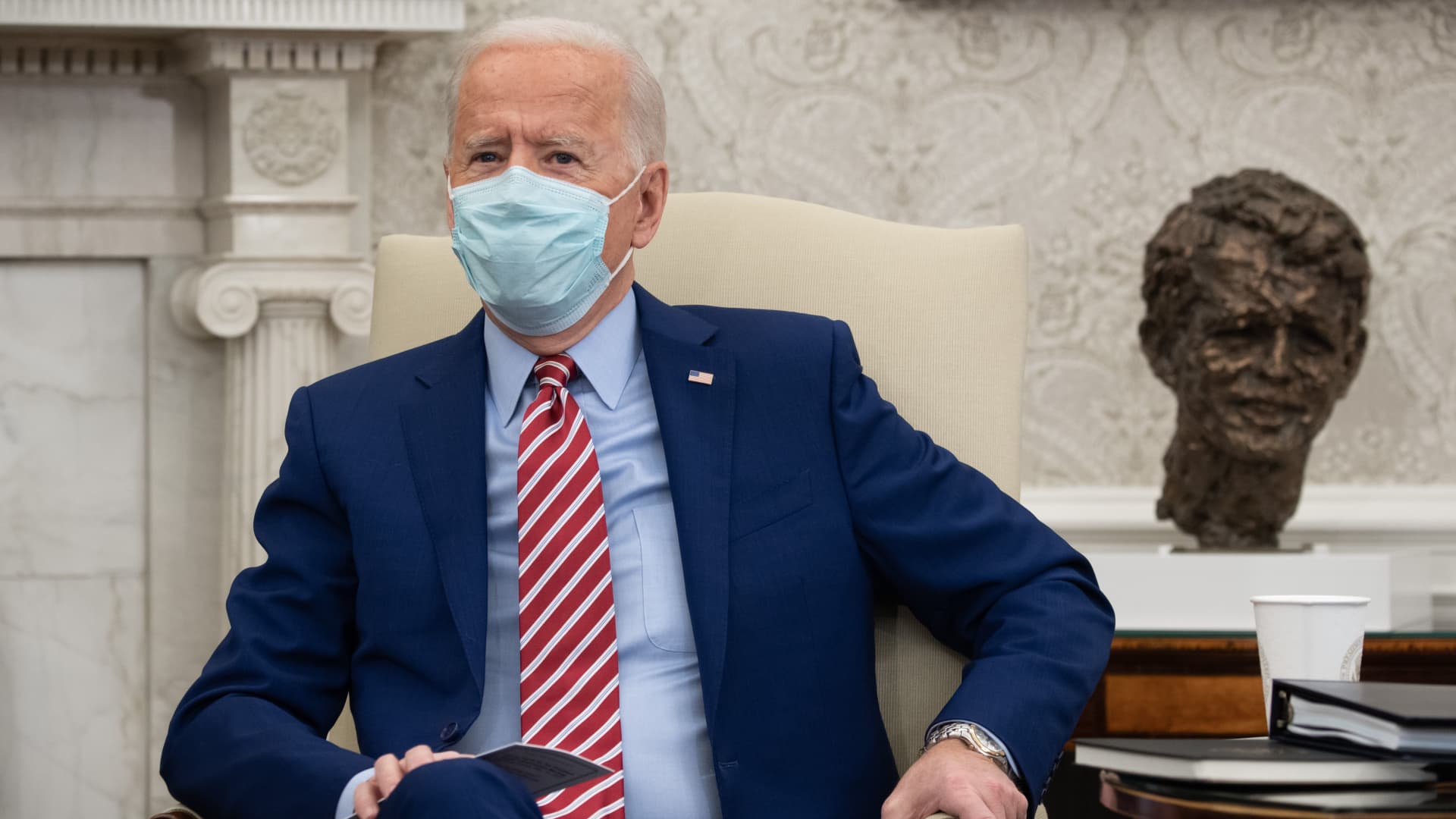It seems few people realize how important fixing our infrastructure is to the productivity of the nation.
Like I have said before, I don't mind the money going to fixing the roads and bridges. That should be done. But spending $3T on it? A lot of that in the bill isn't going to fixing roads and bridges.
A pair of proposals would invest in infrastructure, education, work force development and fighting climate change, with the aim of making the economy more productive.

www.nytimes.com
300 billion going to R&D and about same to modernize manufacturing is not infrastructure but fixing roads, bridges, our airports, water ways, rail, ports and broadband is and that is where most of the 2 trillion is going. I would be interesting in knowing exactly what R&D and modernizing manufactures covers. The entire plan covers 15 years.
When weighing federal expenditures on infrastructure, policymakers need to keep in mind that allocating more federal funds to infrastructure might backfire. Here are three ways that could happen:
The “coupon effect”
The prospect of federal funding can dampen state and local funding. While voters
overwhelmingly support increased infrastructure spending, their strong preference is that
someone else pay for it. This dynamic makes it difficult for state and local leaders (who own 90 percent of governmental infrastructure) to turn to their electorate and ask for a tax or fee increase if the federal government is offering “free” funding.
This dynamic can be called the “coupon effect.” Imagine if shoppers in the market for a new suit were told that there is a small likelihood they will receive a coupon for 80 percent off their next suit purchase. Consumers will rationally engage in what economists call strategic delay and postpone their purchase in the hope of receiving a coupon, even if the chance of getting the coupon is very small. Every time a consumer considers heading to the store and buying a suit, he will ask, “But what if a coupon arrives tomorrow?” As a result, many will continue to delay until their suits (or our infrastructure) become unacceptably shoddy and worn.
In my experience, the prospect of federal funding has this same impact on state and local leaders considering a tax or user fee increase to expand or improve the quality of their infrastructure. This dynamic was clearly apparent in Kentucky in 2014, for instance. That year, a
candidate for the U.S. Senate encouraged the communities around the Brent Spence Bridge (connecting Cincinnati and Covington, Ky.) to oppose a toll increase, because if elected, she would get the federal government to pick up the $2.6 billion tab to replace the bridge. Her campaign successfully increased opposition to tolling. Yet five years later, the
debate on how to fund the bridge is still unresolved, and the probability of full federal funding is still just about zero (notwithstanding the fact that the state is represented by the Senate majority leader, who is married to the Secretary of Transportation).
While further study needs to be done, the coupon effect could actually result in a net
decrease in infrastructure funds, especially when coupled with the challenges of
substitution; states and local governments receiving an influx of federal dollars frequently substitute the new federal dollars for funds previously allocated to infrastructure and transfer their dollars to other policy priorities. As a result, a dollar in new federal infrastructure spending does not necessarily result in an additional dollar available for infrastructure.
The current non-federal to federal ratio of infrastructure spending is 3:1. Thus, if a 30 percent increase in federal spending (along with celebrations that the coupon is in the mail) dampened by 11 percent non-federal spending increases, our nation would be left with a net national decrease in infrastructure funding.
(You can read the rest
here.)


